Regulatory road signs are road signs that give orders. The majority of regulatory signs are circular with a red outer ring or red circle which indicates a prohibition.
Other familiar signs consist of a blue circle that give mandatory instruction. Blue circular road signs often are used to indicate a route to be taken by arrows or that only particular classes of vehicles may use a route. There are two exceptions for the regulatory order road signs shapes. These are the ‘STOP’ and ‘GIVE WAY’ road signs as illustrated below.
This section provides pictures and meaning for the most frequently used regulatory UK road signs.
Understanding these order road signs is essential in passing the theory test and the practical driving test. Once you have revised road signs for the theory test, take the theory test quiz for UK road signs.
Road signs theory test quiz
Once you have studied these regulatory order road signs and the various other types of road signs and feel confident in your ability to know them, take the road sign test quiz
Stop road sign
See Stop signs and lines law for driver and cyclists. Why are there stop signs and do you need to stop at a stop sign.
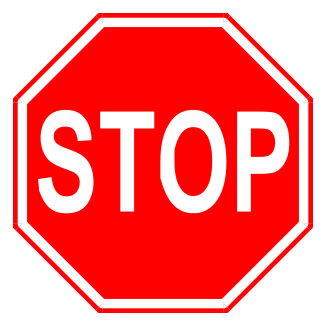
Give Way sign
See give way signs, rules, road markings and lines for further information.
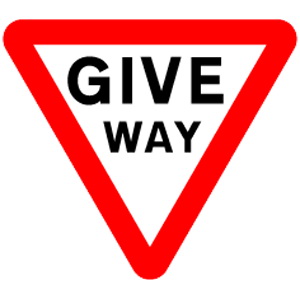
No entry sign
No entry for motor vehicles and including pedal cycles.
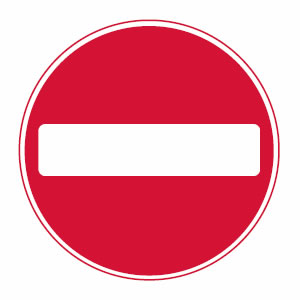
No vehicles sign
No vehicles except pedal cycles being pushed by hand sign.
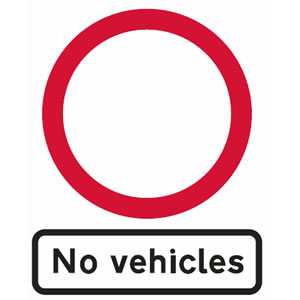
NO VEHICLES SIGN
No vehicles at specified times show on sign, except for access. The sign may be accompanied by an additional plate.
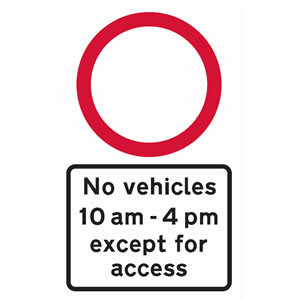
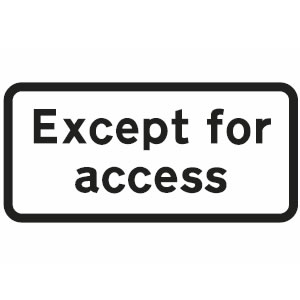
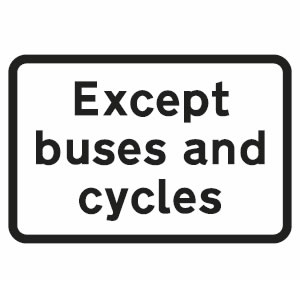
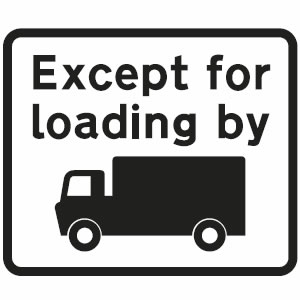
Other Order Road Signs
These are common road signs that give you orders
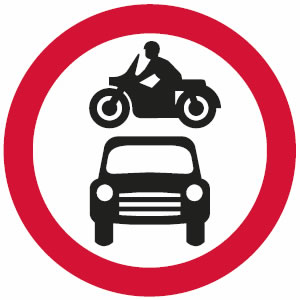
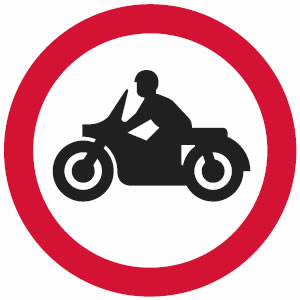
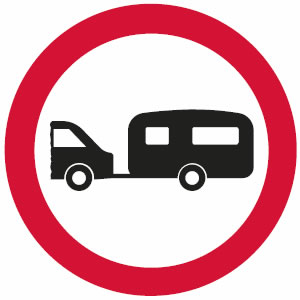
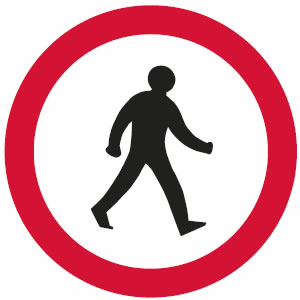
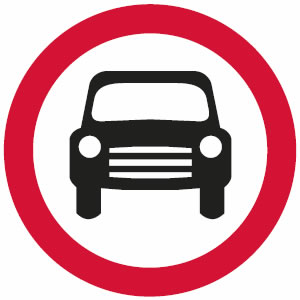
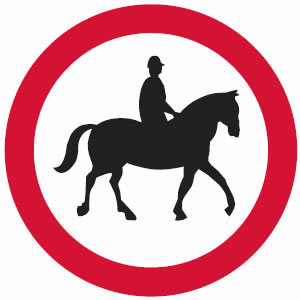
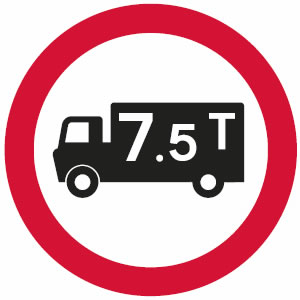
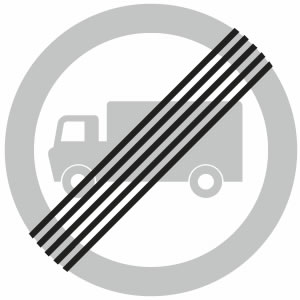
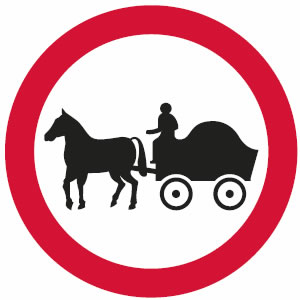
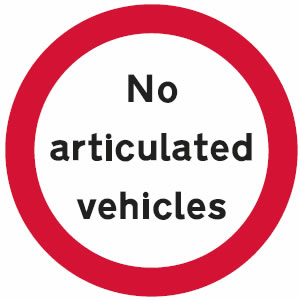
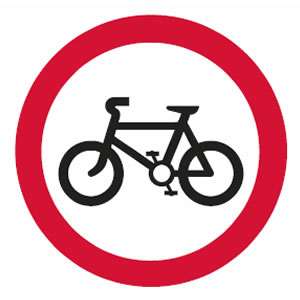
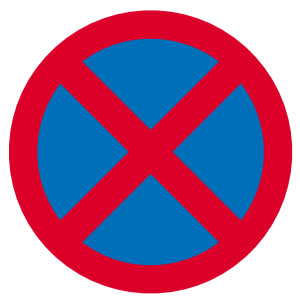
No local buses allowed sign
No local buses or vehicles designed to carry more than 8 passengers (excluding driver) allowed sign.
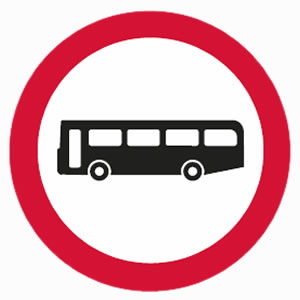
National speed limit road sign
Usually found on single carriageway ‘A’ roads. The national speed limit is the fastest legal speed limit for that particular road where the sign is located.
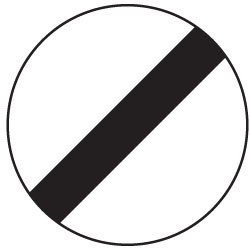
Low bridge sign
Low bridge regulatory order road sign. Maximum height displayed in metric and imperial units. See low bridge signs for further information.

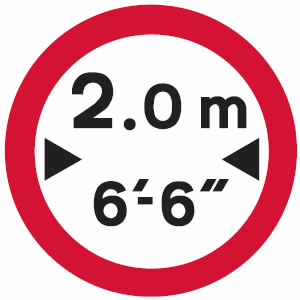
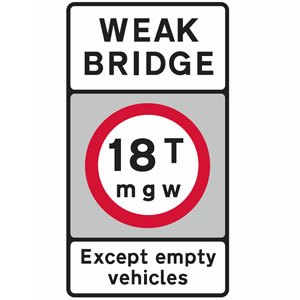
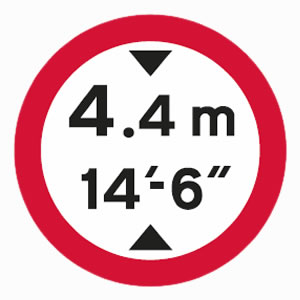
No waiting sign
A no waiting sign allows for a driver to for example, briefly stop the vehicle to allow a passenger to exit or enter the car. Any longer periods may be deemed as waiting. See no stopping and no waiting signs for further information.
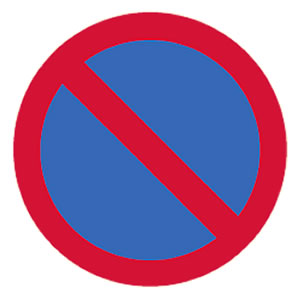
No overtaking sign
See no overtaking signs and road markings for details on when it is legal to overtake and when it is illegal. A solid white line in the centre of the road may also be in place where no overtaking road signs are placed.
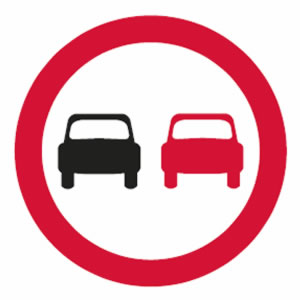
Give priority to oncoming vehicles sign
Where a road or bridge is very narrow, priority must be given to traffic from the other direction (there will usually be a “give way” line indicating where to wait)
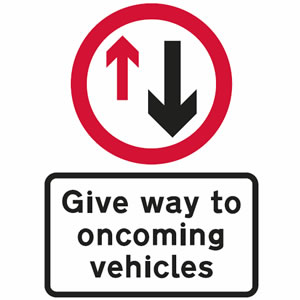
Multiple Order Signs on One Plate
Sometimes you may find multiple order road signs on a single white rectangular plate
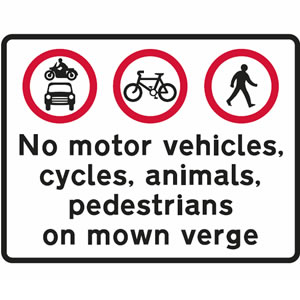
School crossing patrol sign
Vehicles must not go beyond the sign where displayed by a school crossing patrol person.
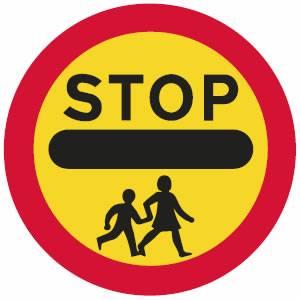
Stop Police sign
Vehicles must not go beyond the sign where displayed by a police officer or traffic warden.
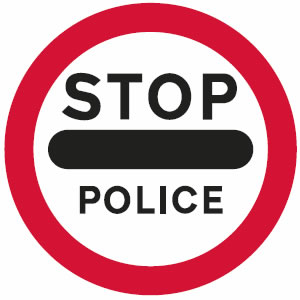
No Turning sign
This signs tell the driver that they must not turn
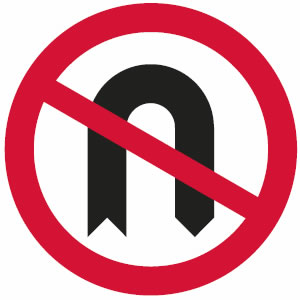
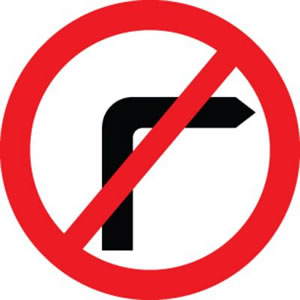
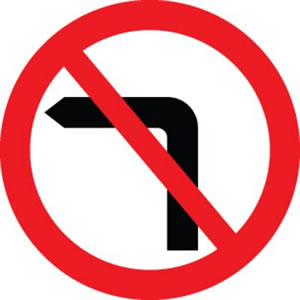
What do blue road signs mean?
Blue circles generally give a mandatory instruction, such as ‘turn right’ or to provide information on lanes. Often they are used to indicate a route available only to particular classes of traffic, e.g. buses and cycles only. Blue rectangular road signs are used for informational purposes except on motorways where blue is used for direction signs. See blue road signs for further information.
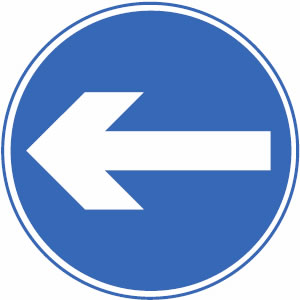
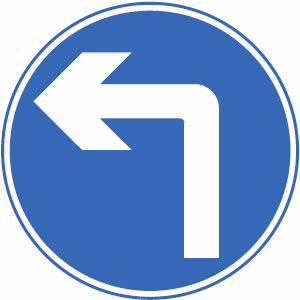
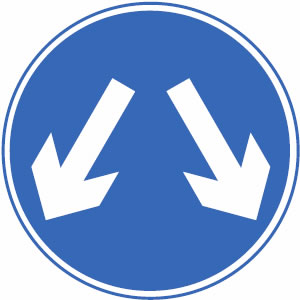
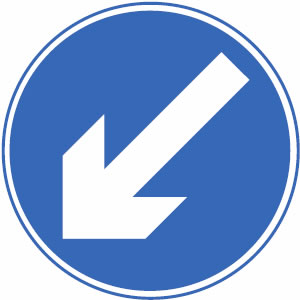
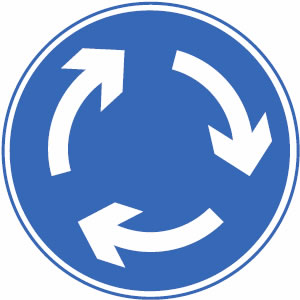
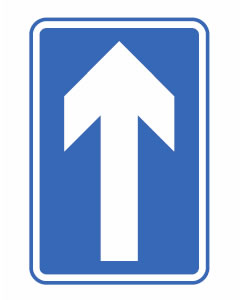
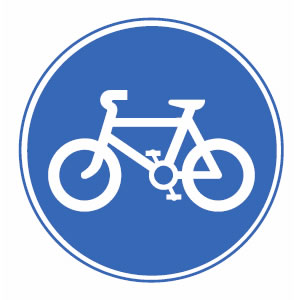
Road signs test quiz
Once you have studied these regulatory order road signs and the various other types of road signs and feel confident in your ability to know them, take the road sign test quiz
OTHER TYPES OF ROAD SIGNS
- Warning Road Signs
- Order Road Signs
- Blue road signs
- Brown Road Signs
- White Road Signs
- Speed Limit Signs
- Direction Signs
- Low Bridge Signs
- Parking and No Parking Signs
- Bus Lane and Bus Stop Signs
- Road Works and Temporary Signs
- Road Markings and Lines
- Road Sign Theory Test Quiz
- Road Markings Theory Test Quiz



